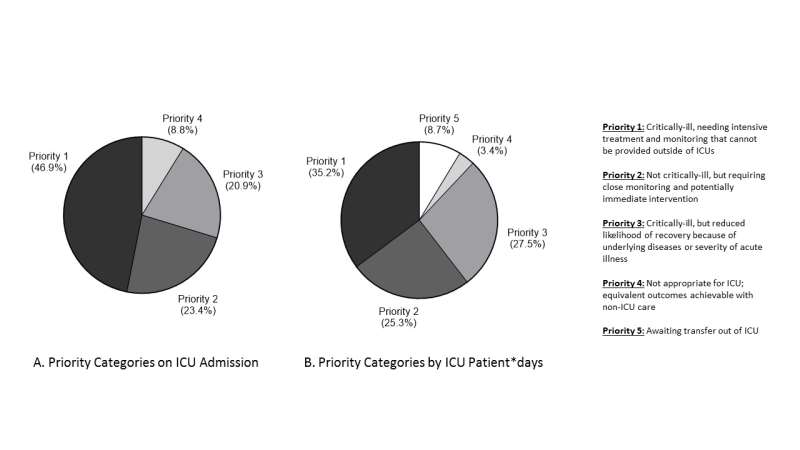Study finds hospital Intensive Care Units overused

Intensive Care Units (ICUs), which provide the most expensive and invasive forms of care in a hospital setting, are being used too often for patients who don't need that level of care, according to a new study by LA BioMed and UCLA researchers published in the JAMA Internal Medicine today.
The researchers studied 808 ICU admissions from July 1, 2015 to June 15, 2016 at Harbor-UCLA Medical Center and found that more than half the patients could have been cared for in less expensive and invasive settings.
Of the patients in the study, 23.4% were in need of close monitoring but not ICU-level care. Another 20.9% of the patients were critically ill but unlikely to recover because they had underlying illnesses or severity of acute illness. For another 8%, death was imminent or the same outcomes were expected in non-ICU care.
"Our study found over 50% of patients admitted to the ICU were categorized into groups suggesting that they were potentially either too well or too sick to benefit from ICU care or could have received equivalent care in non-ICU settings," said Dong W. Chang, MD, an LA BioMed researcher and the corresponding author for the study. "This research indicates that ICU care is inefficient because it is devoting substantial resources to patients who are less likely to benefit from this level of care. These findings are a concern for patients, providers and the health care system because ICU care is frequently invasive and comes at a substantial cost."
The researchers added up the number of days each of the patients in the study spent in ICU and found nearly 65% of the total number of days those patients spent in ICU were allocated to care that was considered discretionary monitoring, had a low likelihood of benefit despite critical illness or would have been manageable in non-ICU settings.
"While this is a study of just one hospital and results may differ at other medical centers, we suspect that these characteristics of ICU utilization are commonplace and prevalent in many institutions," said Dr. Chang.
The researchers also noted that in other hospitals, the ICU may be the most appropriate level of care because the hospitals don't have appropriate levels of care for those patients outside the ICU.
"However, there is likely to be a subset of patients in which ICU care leads to unwanted, invasive care without significant clinical benefit," said Dr. Chang. "Refining our ability to identify these patients and developing approaches to improve ICU utilization for those patients are important steps to assure the best care for patients and the most efficient use of the healthcare system's limited resources."














